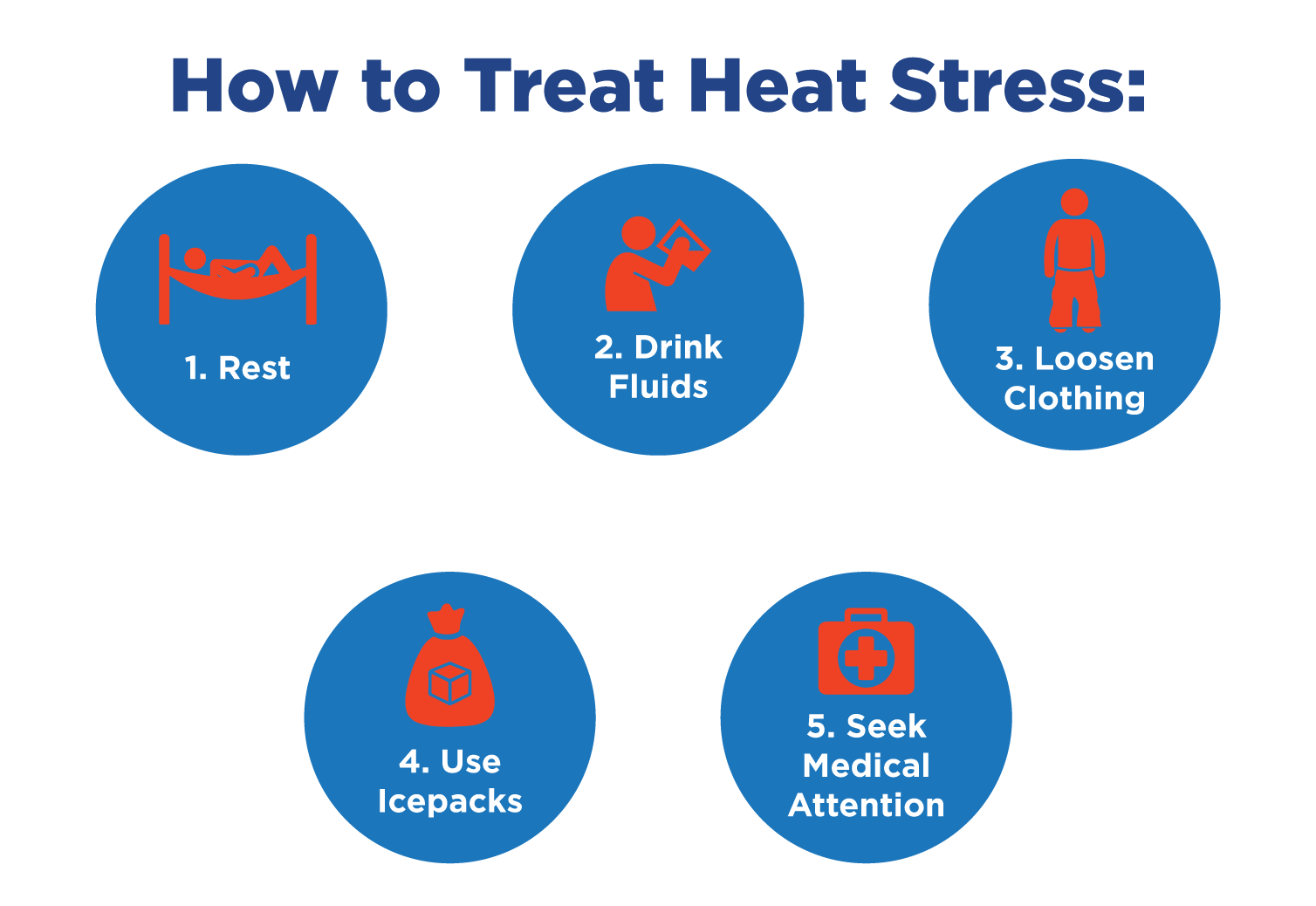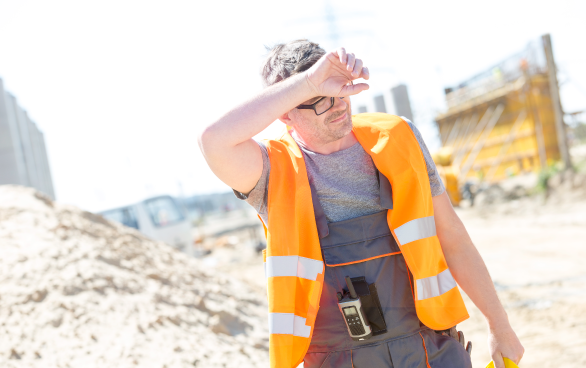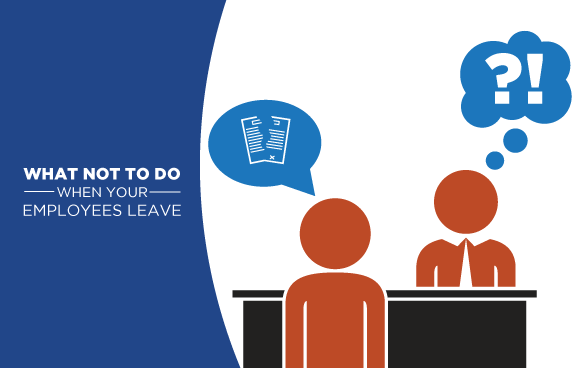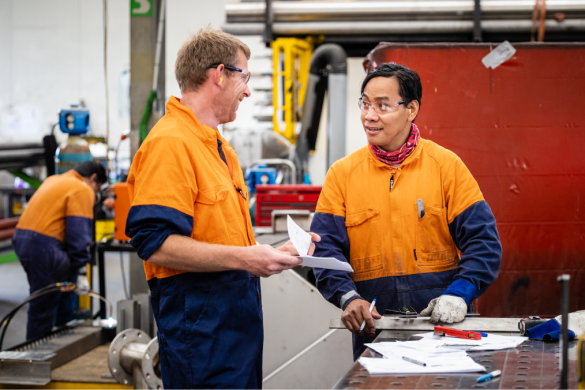As the Kiwi summer progresses and temperatures rise, so too does the risk of heat stress for those working outdoors. It’s easy to assume that everyone on site knows the ins and outs of heat risk, but you’d be surprised how often the dangers are overlooked in favour of a productive workday.
Read on for our top tips on working in the heat and keep yourself and everyone you work with safe this summer!
Avoid Dehydration
Dehydration occurs much more rapidly than you might expect when working in the heat. If you’re wearing restrictive clothing or heavy PPE that prevents sweat evaporation, you’re likely to lose a lot of fluid and your body will be unable to cool itself effectively. This is a particularly big problem when working in direct sunlight or performing laborious activities near a heat-producing element.
While working in the heat can be dangerous, there are plenty of precautionary measures you can take to minimise risks of heat stress and dehydration in the workplace. Wearing lightweight clothing is a great idea when considering ventilation, however, working in Industrial, Construction or Manufacturing environments that involve heavy equipment often require special PPE, so this isn’t always an option.
Keeping a water bottle nearby at all times is important to avoiding heatstroke. Most people need about two litres of water a day, and it would be wise to increase that when working in extreme heat to compensate for sweating. Also, avoid sugary or caffeinated drinks as these can often make you dehydrate even faster.
Manage Fatigue
Fatigue might seem like something that our bodies can push through, however, fatigue is a very real hazard that should be treated with caution, especially when working in hot conditions. Regular breaks are important to keep energy levels up. It’s also important to monitor overtime – if it’s necessary to meet a project deadline, talk to your supervisor about staggering start and finish times to ensure everyone stays in top shape.
Know the Symptoms of Heat Stress
Even if you’re doing all you can to look after yourself, heat exhaustion can come on quickly so it’s important that you know the warning signs to ensure you can recognise it in yourself and others – and take action to prevent further complications.
Heat stress causes your core body temperature to rise and your heart rate to increase, and can be serious, or even fatal, if left untreated. Some of the most common symptoms to watch out for include headache, nausea, confusion, dizziness, fatigue, muscle cramps, pale skin and heavy sweating.
If you experience any of these warning signs or are concerned about a co-worker, be sure to tell your supervisor immediately and take steps to recover.
Five Key Takeaways on Working in the Heat:
- Stay Fresh – It’s important to stay alert and focussed by switching tasks regularly, particularly when using power tools. Where possible, keep any vibrating tools on a lower setting and install low-vibration seats where they could prove helpful.
- Sweat It Out – Ensure you and your colleagues are staying cool with proper ventilated clothing while staying hydrated with plenty of water!
- Think Ahead – Limit time spent under high heat and look for ways to work in the shade when possible.
- Safety First – Unfortunate but true, Kiwis have one of the highest melanoma rates in the world. Be sure plenty of high SPF sunblock is available. Up the ante with sun protection such as sun-shielding hats when possible (and when allowed within your role’s PPE guidelines).
- Stay Alert – A lot of the same symptoms as a hangover can show up when suffering from heat stress, so it’s critical to be mindful of the signs. Keep an eye out for anyone showing symptoms of nausea, irritability, headache or fatigue.
- Act Quickly – Find somewhere to rest out of the sun, drink plenty of water and take steps to cool the body by loosening clothing and using icepacks. If you are concerned, alert a medical professional straight away so to get proper medical attention.
Summary
At the end of the day, managing the risks of working in the heat is a simple but important issue for everyone on site. Being aware of good health and safety practices and keeping an eye out for the warning signs of heat exhaustion can help everyone stay out of harm’s way (and the accident register!).
For more health and safety tips or help with your next job search or labour hire, get in touch with your local OneStaff team.










